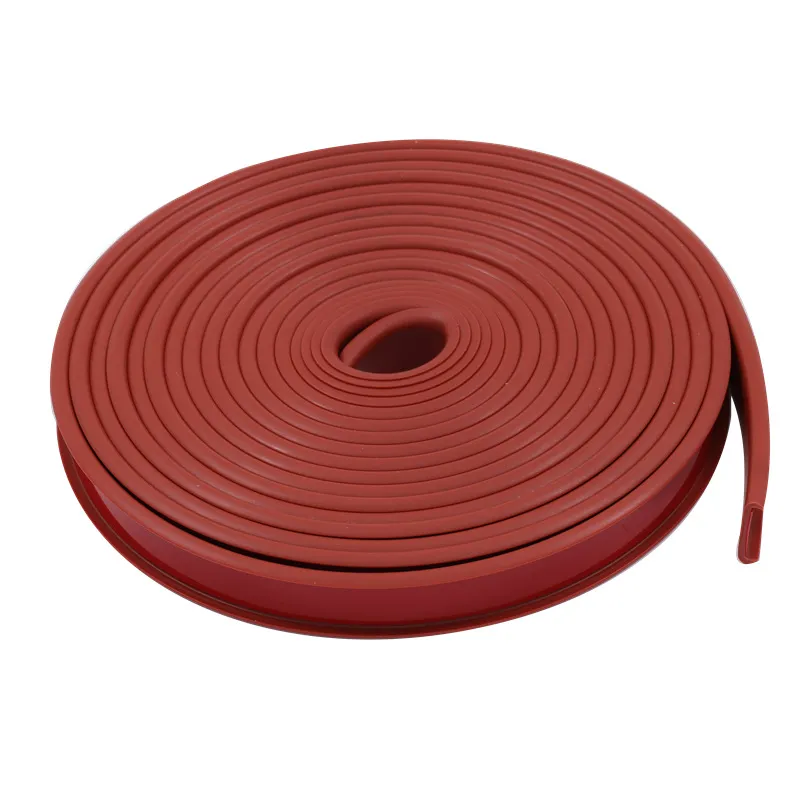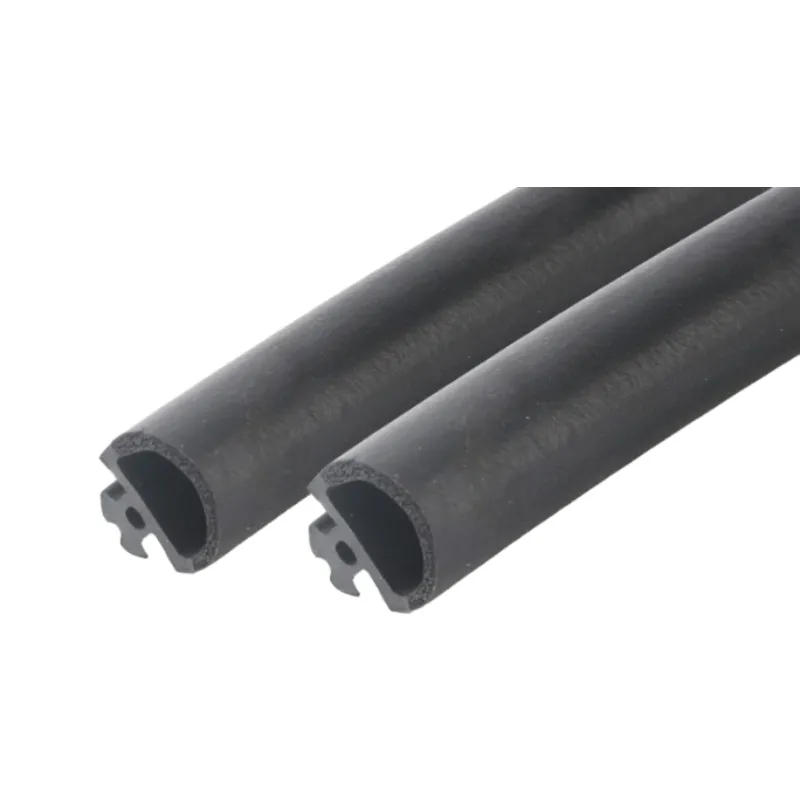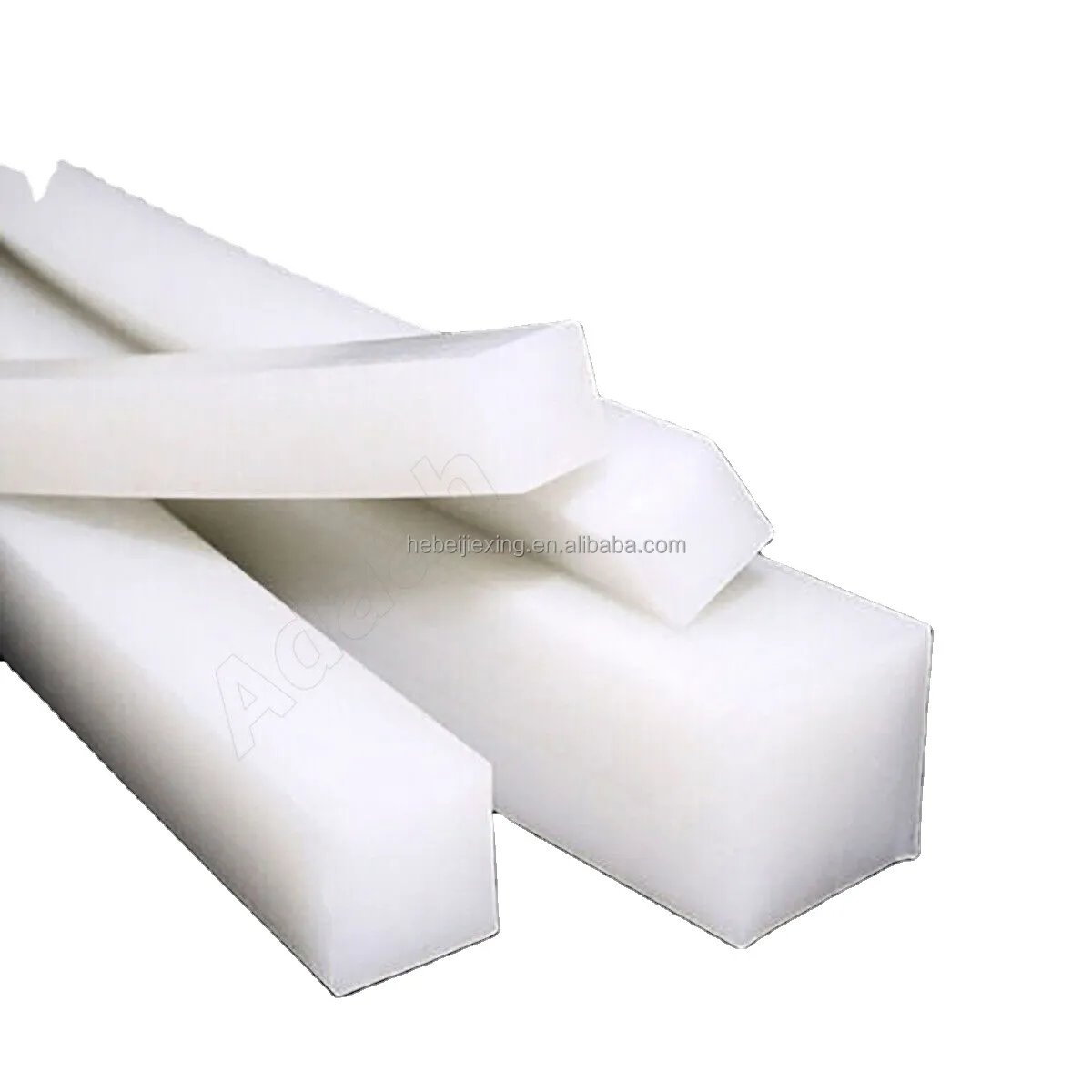After initial treatment, your role as an owner is critical in ensuring your dog’s recovery. Keep your pet from licking or biting at the wound, as this can lead to infections and delayed healing. Consider using an Elizabethan collar or another protective device if necessary.




